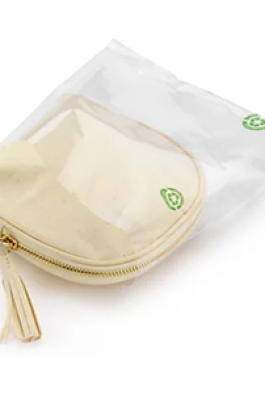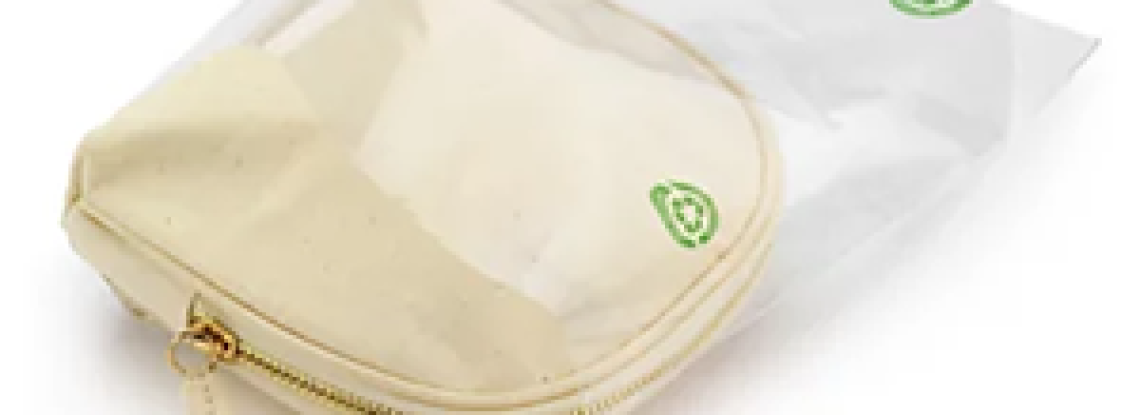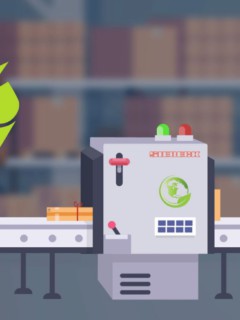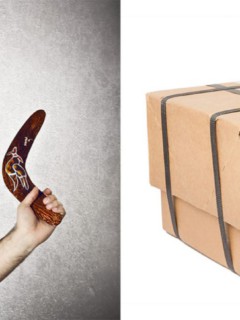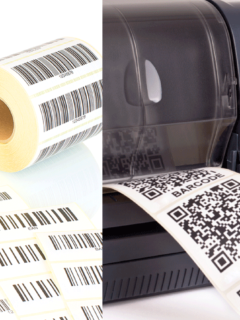Packaging and the environment – only seemingly a contradiction.
Fact: Used packaging makes up the largest share of waste from households. The amount has been increasing for years, and in 2017, 18.72 million tonnes of packaging waste were generated in Germany.
But it is also a fact that packaging protects during transport, keeps food fresh and serves hygiene – and thus helps to avoid waste. They are necessary and indispensable.
So the real question is not whether we pack, but how. And this is a question that all those involved in the packaging cycle must ask themselves, over and over again. Because the framework conditions are always changing, there are new insights, new laws and new materials. The crucial question: How does sustainable packaging work?
Who do respondents to a BMU survey see as having the main responsibility for reducing packaging?
We are using the occasion ofWorld Environment Dayon 05 June to present our approach to sustainable packaging, summarised in our 5 packaging principles:
Principle No.1: Reduce
Often, significantly more packaging material is used than is required for product protection. This is largely the case with food and convenience packaging (“cheat packaging”). But also in shipping and transport, too much material is often used. The main reason: for reasons of cost optimisation, many shippers use shipping packaging in standard size(s) – and then fill the resulting cavities with filling material that would not be necessary in these quantities in a precisely fitting shipping carton.
You can find outwhat role the right carton size plays for the environment, what savings opportunities are available with optimised shipping packaging and how you can remain flexible in shipping and transport with variable-volume cartons for divergent sizes of your products by talking to our customer advisors and here in the blog. And in our webshop, our carton finder will help you find the perfect carton in just a few clicks.
Principle No.2: Reuse
A growing number of companies are opting for reusable packaging instead of disposable. These are taken back after use, cleaned and reused. Reuse results in lower raw material and energy consumption during production, but also in lower waste volumes in companies and households.
Reusable systems are already common and established for beverage and dairy products, but they are also quite conceivable as a solution in industry or for transport packaging. The “Euro pallet” principle can also be extended and applied to reusable containers such as wire mesh boxes and plastic crates, ideal for sustainable packaging. The changeover to reusable systems, however, initially means a not inconsiderable investment: the logistics must be changed over, the return of the reusable containers must be guaranteed, the cleaning – especially against the background of the applicable and currently stricter hygiene regulations! – is complex and costly.
Also interesting:
Are online orders really more harmful to the climate than buying from bricks-and-mortar stores?
Principle No.3: Replace
When it comes to packaging materials, there is extensive and intense debate. The classic among the controversial questions? Is plastic generally worse than paper? It is always worthwhile to decide on a case-by-case basis. Many factors influence the decision: protection requirements of the product, what influences the packaging contents are exposed to during storage and transport, over what duration must the protection last.
It is also always worthwhile to look at the entire lifecycle of the material, from production to disposal after possibly multiple recycling. None of the recyclable materials fulfils all the criteria for sustainability. We are happy to advise you on the selection of the right packaging material for sustainable packaging. But we have also learned (and are still learning!) and are continuously checking whether there may be more compatible materials with the same protective properties. For example, we have removed products made of polystyrene from our range and replaced them with products made of cardboard.
Here you will find a selection of our products for sustainable packaging.
Principle No4: Regrowth
Wherever product requirements allow, we offer products made from renewable raw materials. In our product range, you can recognise these, for example, by the FSC or PEFC seal – in the area of wood, paper and cardboard. But we also use vegetable starch and PLA (degradable bioplastic). Sustainable packaging is now also predominant in our take-away packaging range – from paper cups made from recyclable and renewable raw materials to wooden stirrers that are fully biodegradable.
Read here: FSC controls in the era of Covod-19 – A challenge.
Principle #5: Recycle
What happens to the packaging, after use? Closing the recycling loop is one of the key challenges we face with regard to packaging. There are clear requirements from the legislator in this regard:
Are we meeting recycling quotas in Germany?
The recycling quota (based on municipal waste generation) according to the waste management package is 55% for 2025 and 65% until 2035. Currently, the quota for Germany is 67% (Austria 59%; Switzerland 52%). This means that the targets are more than met – and even the target for 2035 would have been reached or exceeded.
So all is well? No. Because with the entry into force of the waste management package, new calculation methods for recycling quotas also apply. The new, output-based calculation method (the input in recycling processes may only be used for the calculation after all upstream testing, sorting and other preparatory processes for the removal of non-recyclable waste have been passed through) will have the effect that recycling rates in Germany, but also in Austria and Switzerland, will drop.
| Until 2025 | Until 2030 | |
| All packaging | 65% | 70% |
| Plastic | 50% | 55% |
| Wood | 25% | 30% |
| Ferrous metals | 70% | 80% |
| Aluminium | 50% | 60% |
| Glass | 70% | 75% |
| Paper and cardboard | 75% | 85% |
More on the subject of recycling:
Recycling as a resource – plastic waste is not rubbish
Guideline for packaging – as sustainable as possible!











